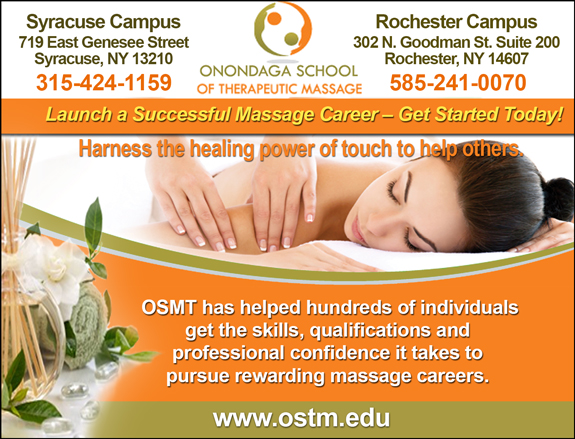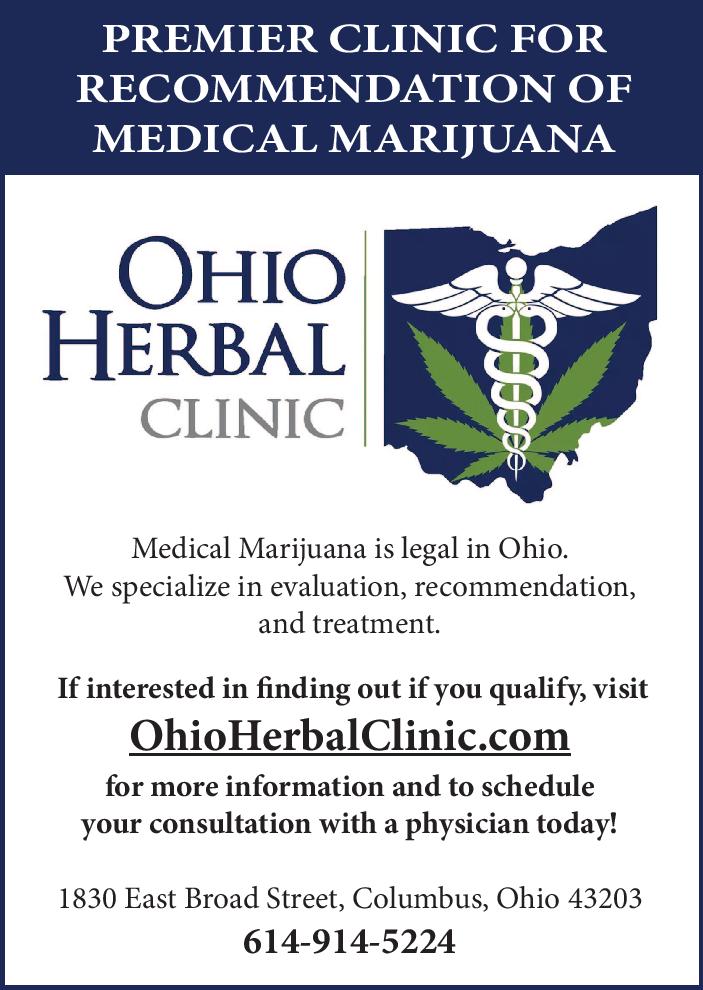LATEST TECHNOLOGY CAN AID VETERANS IN OBTAINING MENTAL HEALTH CARE

There’s a new way for veterans to access health care. Mobile apps—programs designed for devices such as smartphones and tablets—can help vets cope with ailments such as PTSD, TBI and general anxiety.
Experts say this new frontier will require regulation and careful oversight. But the mental health field may be one area where veterans can use apps in addition to traditional health care to improve their quality of life. Today, both VA and other organizations are working to help create access to care—with the veteran in mind.
According to “Meeting the Behavioral Health Needs of Veterans,” a study by the National Council for Behavioral Health, 30%, or nearly 730,000, of the 2.4 million active-duty and reserve military personnel who deployed to Iraq and Afghanistan will have a mental health condition requiring treatment.
FOUR APPS IN ACTION
The VA Office of Connected Health already has several apps geared toward mental health. Neil Evans, a primary care internist and acting chief of the office, said the apps are a way to add value to existing mental health treatment. This, in turn, increases the value of a patient’s health care.
“These apps are all designed to be used along with existing therapy,” he said. “If you can augment the communication with their provider, and take those lessons and apply them in their daily life, that’s going to improve their experience.”
The apps cover a range of mental health concerns—VA’s flagship app PTSD Coach was the first. Released in 2011, PTSD Coach is available in 95 countries and has been downloaded more than 300,000 times.
But it’s not just for PTSD, said clinical psychologist Julia Hoffman, national director for mobile health at VA’s Mental Health Services. PTSD Coach was born out of the idea that patients wanted something to practice outside of therapy. So they talked with experts, clinicians and patients and developed an app to help patients tolerate stress in their everyday lives.
“That is something anyone can identify with, not just people with PTSD,” Hoffman said. “Anybody with emotion dysregulation, anger, irritability [and/or] anxiety can benefit from this tool.”
Developing PTSD Coach and the other apps for mental health constitute an incredible opportunity to dismiss the stigma that keeps some veterans from getting the care they need, she said.
Three other apps are very similar in nature: PE Coach, ACT Coach and CPT Coach are more specific and designed to work with the type of therapy a patient is already receiving.
The PE Coach app is for veterans, troops and others to use in Prolonged Exposure (PE) therapy for PTSD with a behavioral health professional, according to VA. As an aid for therapists during PE sessions, the app provides tools for patients to process their traumatic experiences and reduce anxiety and fear.
“When people participate in it as prescribed, it really works,” Hoffman said. “However, it’s not without a drawback: it asks a lot of the patient and the therapist. It’s very difficult work.”
One of the key features is that patients are asked to go through—in extreme detail—what their events were. The app has the capability to audio record PE therapy sessions directly onto the patient’s mobile device. This is used as homework, where the patient can listen back. And with the portability of a mobile device, the patient can now do this and other homework anywhere—and do it discretely.
“Instead of carrying a big binder that says ‘PTSD’ to the whole world, [the patient] looks just like every other person who is also sitting there, looking at his phone,” Hoffman said.
All of the apps are designed to create real, long-term clinical improvement so veterans can go on with the rest of their lives, Hoffman said. It is not intended to undermine or reinvent any of the highly successful interventions.
PE Coach also can track symptoms over time to evaluate treatment progress and outcomes. Features like that decrease the time the patient spends in the therapy room—when that time would be better spent engaged with the behavioral health expert, Hoffman said.
ACT Coach is another VA app. This one is designed for users who are in Acceptance and Commitment Therapy (ACT). Features include exercises to practice the ACT core concepts, as well as a way to log and track useful coping strategies.
According to VA, CPT (Cognitive Processing Therapy) has been shown to be one of the most effective treatments for PTSD for both civilian and military-related traumas—VA also has an app for that.
Like ACT Coach, CPT Coach also works in conjunction with a mental health care provider for users undergoing that particular kind of therapy. It contains support material for a complete course of CPT to help patients manage their treatment. This includes in-between session assignments, readings, PTSD symptom monitoring and mobile versions of CPT worksheets.
ON THE WEB: GIVE AN HOUR
Barbara Van Dahlen is a clinical psychologist and president of Give an Hour, a non-profit that connects volunteers from the medical community with military personnel and their families. Medical providers offer their services for free, giving their time.
Van Dahlen came up with the concept of connecting those in need with providers in 2004. She heard about vets coming home from Iraq and Afghanistan and dealing with the psychological consequences of war. She thought of Craig’s List, the online classified site connecting those seeking goods and services. So she asked herself why not take the same approach to mental health care?
“We live in this virtual space to begin with,” she said, adding that there’s no overhead required for facilities—the providers use their already existing office space. Mental health care providers donate their time virtually, and users can receive care for free.
Today, the group has more than 7,000 providers signed up. Veterans, family members and even non-married partners can participate for free. “There’s no money changing hands,” Van Dahlen said.
But with advancements in technology comes a need to regulate this new frontier. “There are no guidelines yet,” Van Dahlen said about the apps. She added that it’s important to remember to treat this companion care in a responsible, healthy and appropriate way.
“When people are vulnerable and hurting, we need to be really careful,” she said. “There’s tremendous potential here, but it’s kind of the wild, wild West.” Currently, Van Dahlen, VA and other industry leaders are working to help create guidelines.
Health care apps may not be a solution for everyone, Evans said. But it is a key strategy for any health care system.
“Having mobile tools for patients in general to better engage in their own health care and better understand and manage their health care is going to be a critical offering of any health care system as we move forward in the next couple of years,” he explained.
BACK TO BASICS
No matter whether it’s online or on an app, technology is not a replacement for getting real-life assistance from a health care provider.
“These technologies are not intended to replace proper mental health care with a trained professional,” Hoffman said. “What they are meant to do is to support ongoing care, including care that’s received from a mental health professional or primary care clinics, where many people actually seek mental health care options.”
Evans said if you’re interested in how an app can help, start the conversation with your health care provider. “Health care is all about a relationship and open communication, so most providers are very open to a discussion on how to find the tools and approach to help their patient thrive,” he said. “Often times the provider is willing to try something new if the patient is excited about it and motivated to use it to improve his or her health.”
Whether they are military or civilian, people should be mindful of others’ and their own mental health. “You might want to reach out, check on them, talk to them,” Van Dahlen said. “If you had a gash, you wouldn’t walk around with it oozing. There are things you can do to help that heal.”
After seeking professional help, there are many additional methods, such as yoga or meditation that can aid. “Then you’re on your way to finding out what’s right for you,” Van Dahlen points out. “One size doesn’t fit all. Take advantage of the resources available to you. We all have the potential to recover.”



